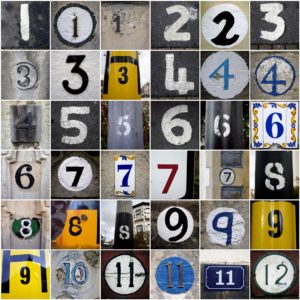 Observations: Fanning, bearding, robbing
Observations: Fanning, bearding, robbing
You may observe unusual behaviors at your hives. Bees improve ventilation in the hive by standing on the landing in front of the entrance with their heads facing toward the hive entrance. As they fan their wings warm air is pulled out of the hive. Bees on the portion of the bottom board inside the hive will also fan.
Don’t be alarmed if you see lots of bees on the outside of their hive on a warm day. It is called bearding and provides a way for the bees to cool themselves and to lessen the heat load on the inside of the hive. They are not preparing to swarm. There are several ways to improve ventilation in the hive such as using screened bottom boards; placing a slatted rack under the bottom board; slightly raising the outer cover by gluing Popsicle sticks across the corners of the inner cover.
Robbing can occur if foragers are challenged to find nectar. The aroma of ripening nectar and honey in other colonies will attract them. Weaving flight activity at the hive entrance is indicative of robbing as is the presence of fighting bees on the landing board. The best way to prevent robbing activity is to maintain colonies of equal strength, keep the entrances of all weak or small colonies reduced, and avoid open feeding of sugar syrups or honey. Learn more about fanning, bearding, and robbing from “The Beekeeper’s Handbook” by Diana Sammataro.
It is not too late to requeen in order to have a young, strong queen to take the colony through the winter. Installing queen cells will break the bees’ brood cycle and consequently the mites’ cycle as well. Only treat for mites after you have harvested your honey stores.
After honey supers are removed, inspect weak hives and find out why they’re in that condition. Use medications per manufacturer’s recommendation. Warm temperatures improve the effect of all mite medications so treating for varroa in early August will contribute to raising healthy winter bees.
A nectar dearth may occur in August and the colony will benefit from feeding a 2:1 sugar.
If extracting capped honey frames work quickly to prevent a robbing situation. Don’t starve your bees! Leave about 80 lbs of honey on hive for bees.
Collect and freeze pollen for use next spring.
Urban nectar sources in August: Knotweed, dandelion and clover grow freely. In urban yards bees will enjoy monarda, Echinacea, annual sunflowers, sedum, rose of Sharon, thyme, agastache. The list goes on. Plan a pollinator garden next year by referring to the PSBA trifold “Honey Bee Friendly Plants for Washington’s Puget Sound Area”. Fireweed is prevalent at high altitudes as is Pearly Everlasting.
Bee Facts: It takes 12 honeybees to make 1 teaspoon of honey. In a lifetime, on average, a honeybee produces 1/12th teaspoon (5 drops) of honey!!!!!
Source: Diana Sammataro – “The Beekeeper’s Handbook”